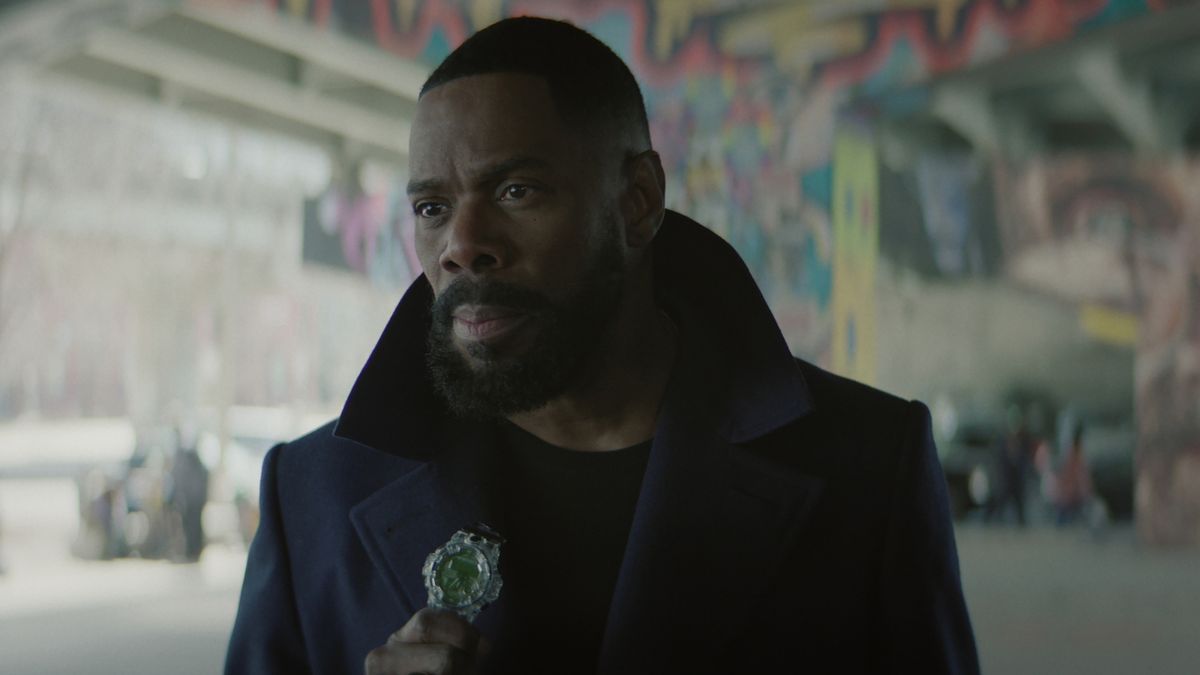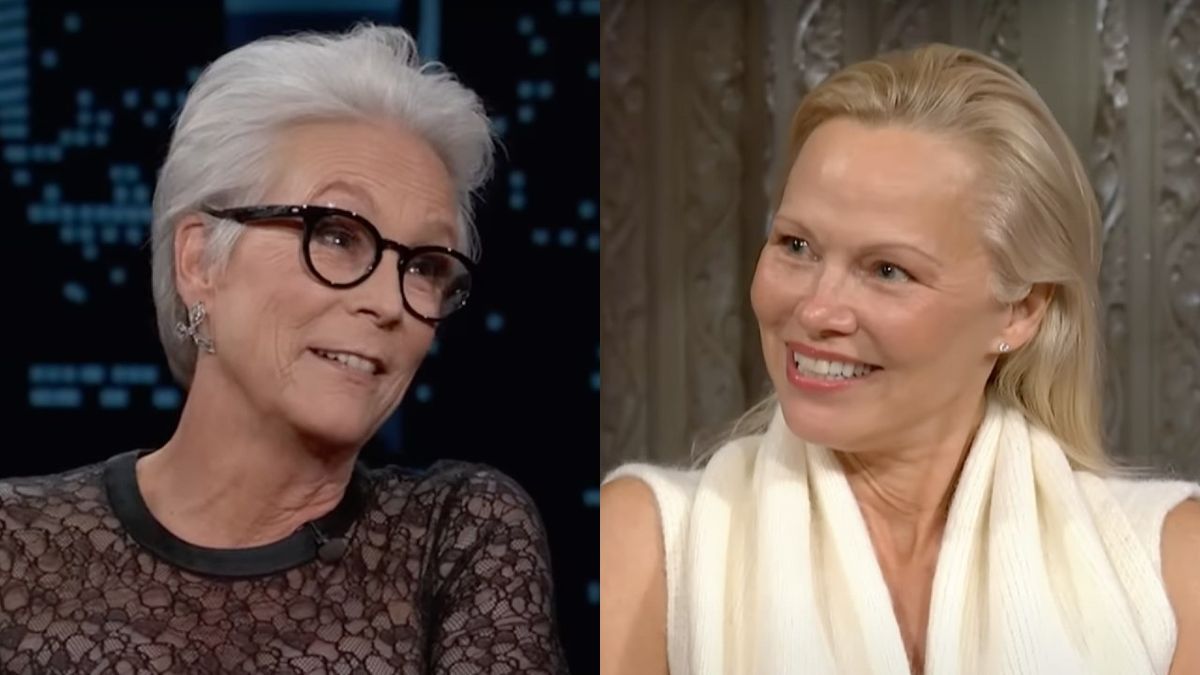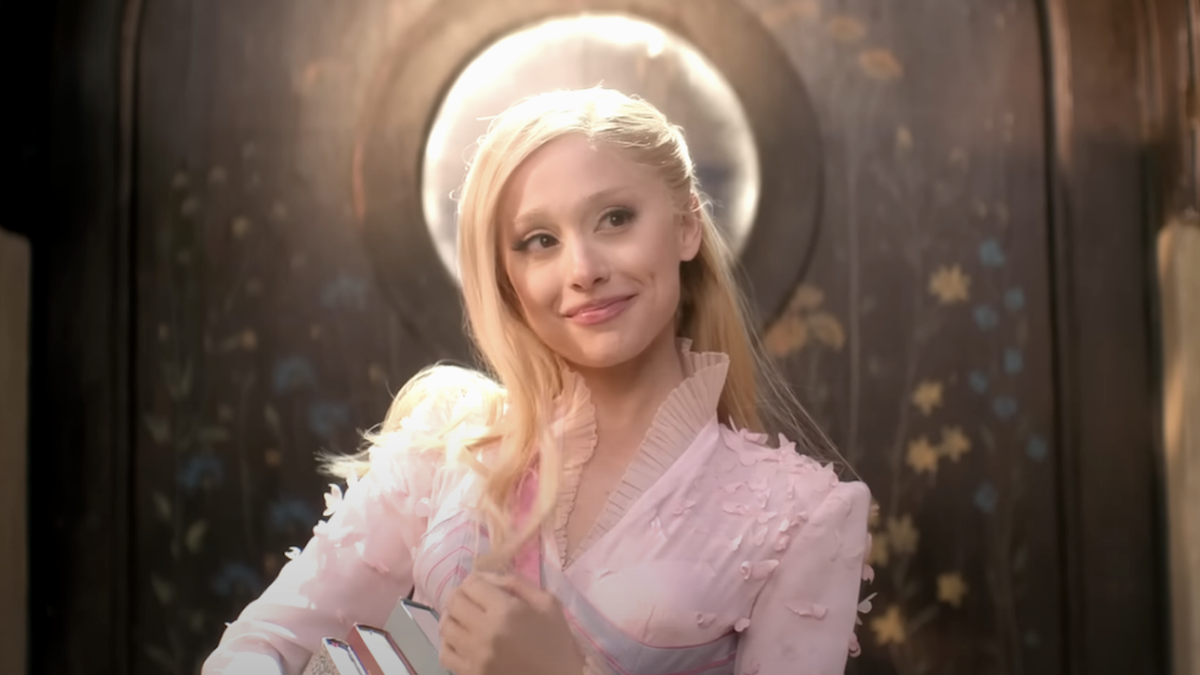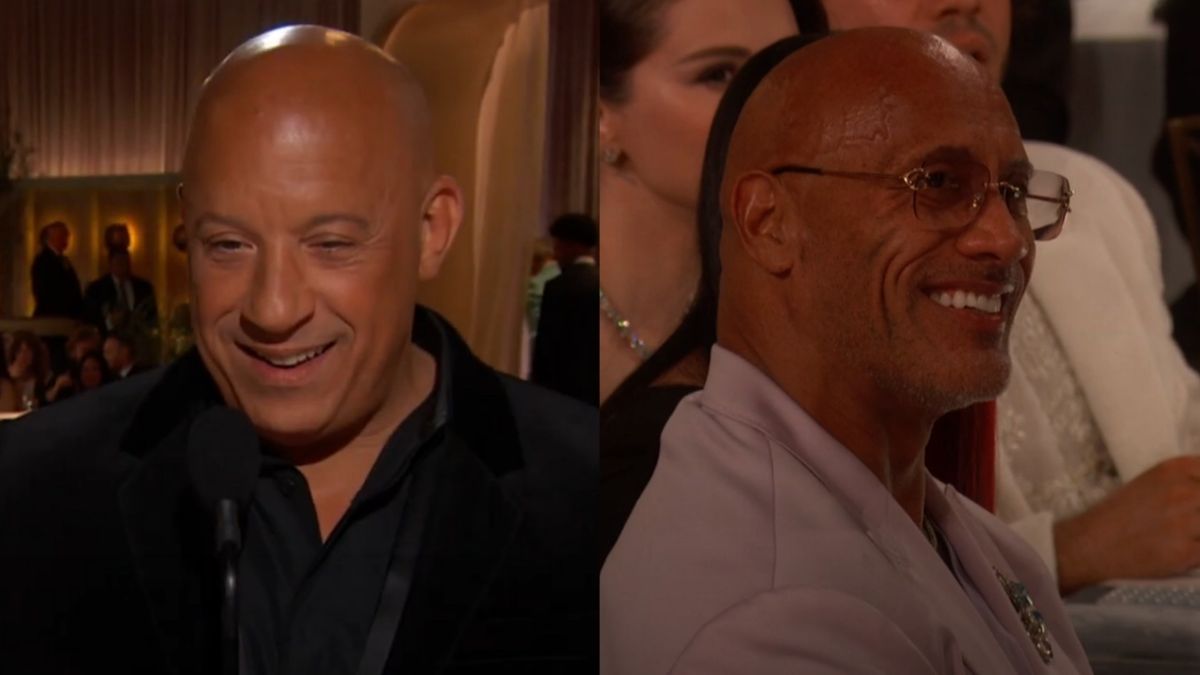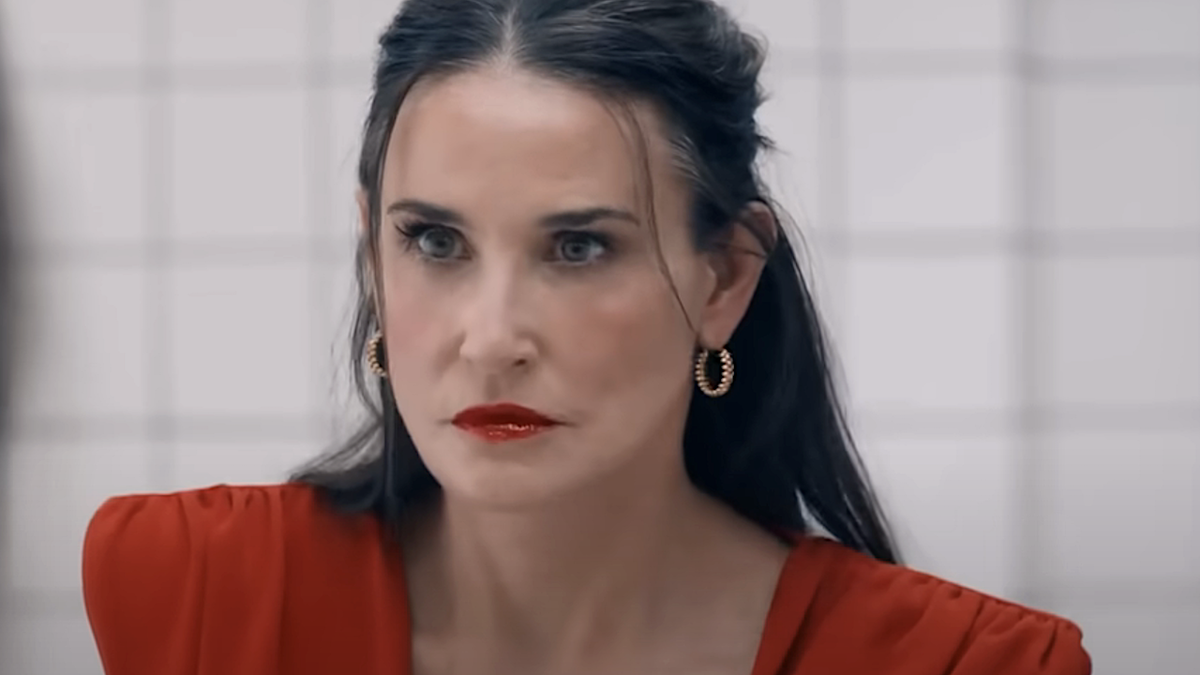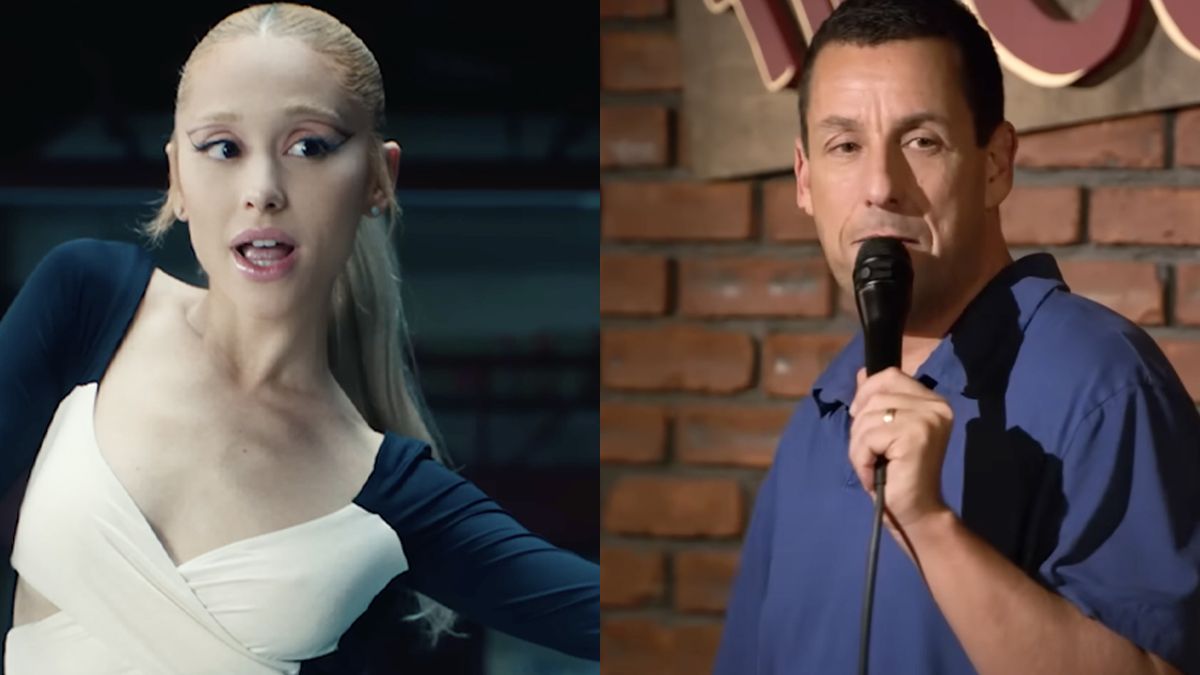Jordan Peele Reveals An Amazing Secret About Nope, And My Mind Is Blown
As Jordan Peele’s Nope is a sci-fi film about a freaky flying saucer floating above a farm, there are bound to be a ton of night scenes. You may be wondering how those night scenes of a UFO being spotted in the night sky could have worked in terms of great lighting for audiences to see this bizarre spectacle. Well, the Oscar-winning director and his cinematographer reveal a secret of the success of these night scenes that is sure to blow your mind.
You may be watching the flying saucer wreaking havoc at nighttime in Agua Dulce and wonder what the secret was for making these scenes visible to the naked eye. As reported by Variety, Jordan Peele revealed his secret at a Toronto International Film Festival Q&A of a piece of Nope trivia that will widen your eyes with disbelief. In the filmmaker’s words:
I haven’t wanted to ruin the illusion, but I’ll ruin it for you today. The night shots, for the most part, were shot in the day, which is due to a technological and strategic thing that [Hoyte van Hoytema] brought to the table.
So looking at the night sky in Nope was all an illusion created by special effects?! That’s like finding out that Titanic wasn’t actually filmed on a ship! It’s amazing how special effects can fool audiences if they’re that good.
For example, one of the featurettes in The Amazing Spider-Man revealed that the library fight scene between Spider-Man and the Lizard was all CGI with no actors present. And some movies do the opposite, like when a behind-the-scenes fact about Inception revealed that only 500 shots in the movie were CGI, with the majority of the scenes having practical special effects, like Joseph Gordon-Levitt’s zero-gravity, rotating hotel hallway fight scene. It proves that special effects teams really do have their work cut out for them the more convincing these visuals are.
With a lot of the introductory scenes for Nope‘s flying saucer taking place at night, cinematographer Hoyte van Hoytema had a dilemma of how they were going to achieve a great illusion of the night sky. Hoytema said:
There’s no way to photograph this, this feeling of vastness, and grandeur of the sky, which was such a big part of our story. We kind of immediately started thinking ‘How can can we portray exactly that feeling that we have when we were out there in the field? I started very much exploring the technology, how can we do this? How can we photograph in the way eyes see it or the way that we experience it?
During the Q&A, Hoytema answered that question by explaining the innovative technology used for those scenes. While visiting the Agua Dulce desert, Hoytema was overwhelmed by the darkness and beauty of the night sky and felt there was no way to perfectly capture it. Eventually, he and Peele decided to combine one camera that shot infrared light with a narrow bandwidth and one that captured 70mm film. By overlaying the images, we would be able to respond to the darkness and nighttime light. A film camera was then used to capture the color and grain needed for the memorable nighttime shots they accomplished.
So now we know that the nighttime scenes in Nope were all prime examples of how cinematic technological advancements are getting better and better. Maybe if we get a potential Nope sequel, we’ll see more of these brilliant special effects continue to improve through each movie. You can see the new movie release of Jordan Peele’s third straight box office hit Nope in theaters now.

